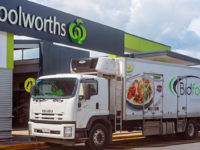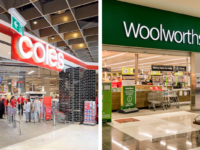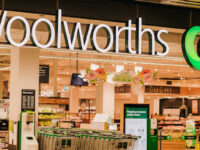With 75 per cent of the Australian population now fully vaccinated against Covid-19, Coles and Woolworths executives will be hoping the issues that challenged their teams during the first quarter of FY22, such as supply chain disruption and mandatory isolation, can be left in the past. Since the Delta outbreak first hit Australia in May, Woolworths Group has had over 1500 exposure sites, forcing over 22,000 team members into temporary isolation. At Coles, over 20,000 employees have had to isolat

Just for$39.95per year

















